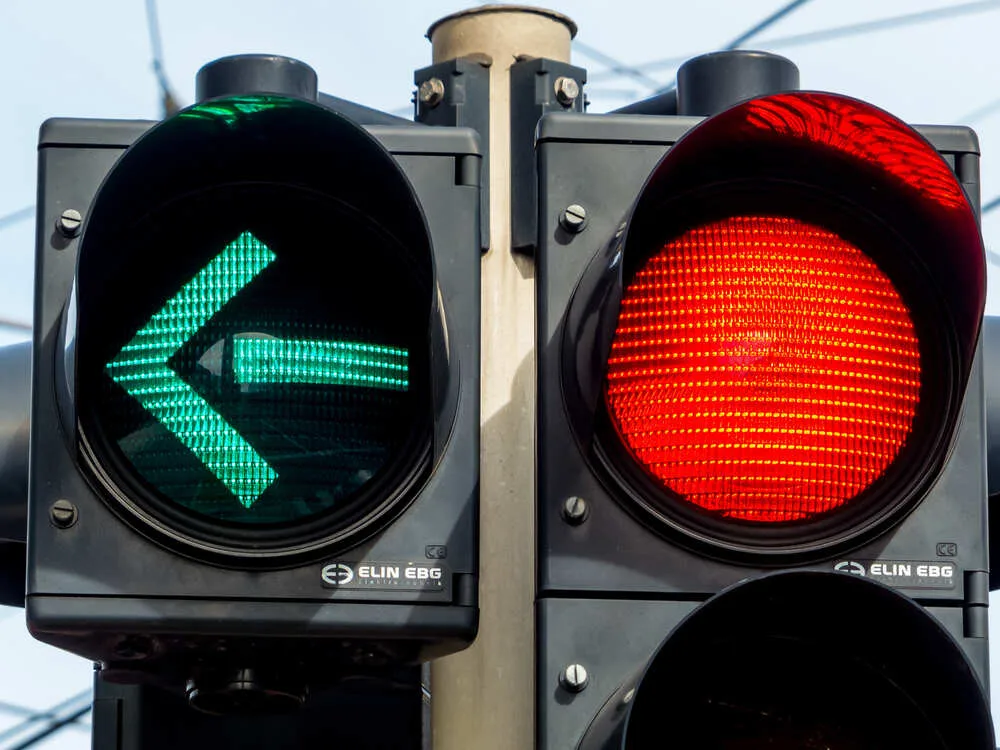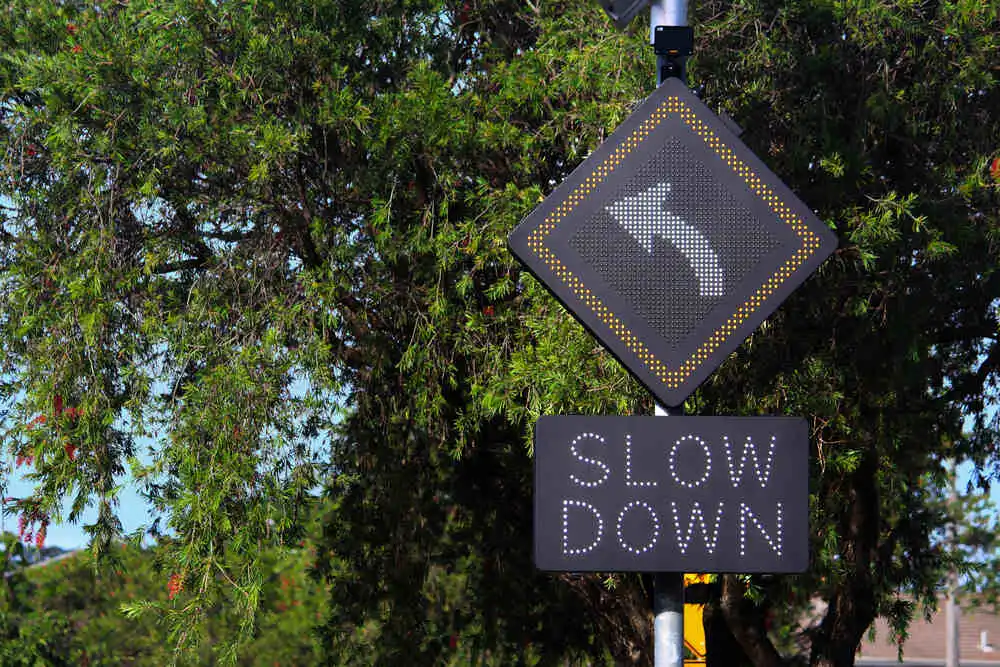The advent of smart technology is revolutionizing many aspects of our daily lives, including road safety. Smart traffic signs, equipped with advanced sensors and communication systems, are becoming a key component in reducing car accidents. At Holston and Huntley, we understand the impact of these innovations on personal injury cases. In this blog, we will explore how smart traffic signs contribute to safer roads and help prevent car accidents.
What Are Smart Traffic Signs?
Smart traffic signs are enhanced versions of traditional road signs, designed to communicate real-time information to drivers and traffic management systems. These signs use various technologies, including:
- Sensors: Detect traffic flow, weather conditions, and vehicle speed.
- Wireless Communication: Transmit data to traffic control centers and receive updates.
- LED Displays: Show dynamic messages based on current road conditions.

How Smart Traffic Signs Reduce Car Accidents
1. Real-Time Traffic Information
Smart traffic signs provide drivers with real-time information about road conditions, such as traffic jams, accidents, or construction work. By informing drivers of potential hazards ahead, these signs enable them to make safer driving decisions, such as slowing down or taking alternative routes.
2. Speed Monitoring and Enforcement
Some smart traffic signs are equipped with speed detection technology that monitors vehicle speeds and displays warnings to drivers who exceed the limit. This immediate feedback can encourage drivers to adjust their speed, reducing the likelihood of speeding-related accidents.
3. Weather Condition Alerts
Weather conditions like fog, rain, or ice can significantly increase the risk of car accidents. Smart traffic signs can detect adverse weather conditions and display warnings to drivers, advising them to drive cautiously or take necessary precautions.
4. Dynamic Lane Management
In areas with high traffic volumes, smart traffic signs can manage lane usage dynamically. For example, they can open or close lanes based on traffic flow, reducing congestion and minimizing the risk of accidents caused by sudden lane changes or merges.
5. Pedestrian Safety
Smart traffic signs can enhance pedestrian safety by detecting their presence at crosswalks and providing alerts to drivers. These signs can also adjust traffic signal timings to allow pedestrians more time to cross safely.

Legal Implications of Smart Traffic Signs in Personal Injury Cases
1. Establishing Liability
In car accident cases, determining liability often involves examining the role of traffic signals and signs. Smart traffic signs can provide crucial data that helps establish fault. For example, if a smart sign recorded that a driver ignored a speed warning before an accident, this information can be used to prove negligence.
2. Evidence Collection
The data collected by smart traffic signs, such as traffic patterns, vehicle speeds, and weather conditions, can serve as valuable evidence in personal injury claims. This data can help reconstruct the events leading to an accident and support the injured party’s case.
3. Impact on Insurance Claims
Insurance companies may use data from smart traffic signs to assess claims more accurately. This data can influence the outcome of insurance disputes by providing objective evidence of road conditions and driver behavior at the time of the accident.
How Holston and Huntley Can Help
At Holston and Huntley, we recognize the importance of leveraging technology in personal injury cases. Our experienced attorneys understand how to use data from smart traffic signs to build strong cases for our clients. If you have been involved in a car accident, we can help you navigate the legal complexities and secure the compensation you deserve.

